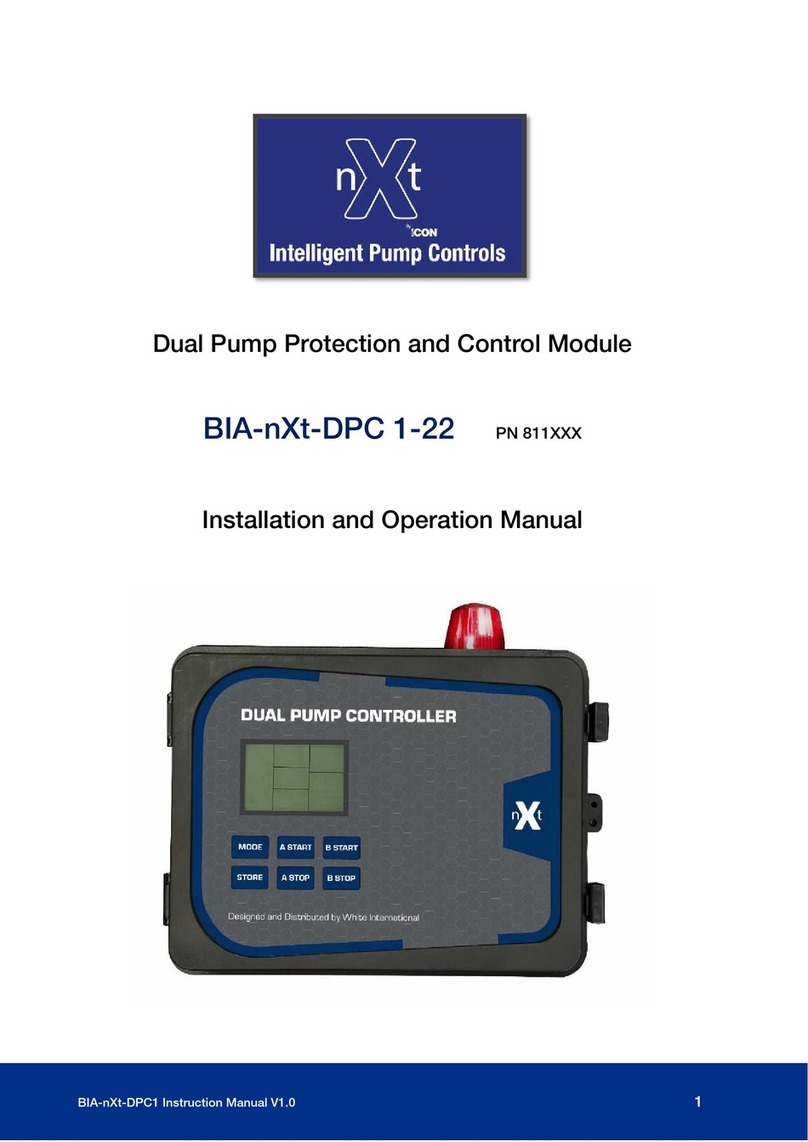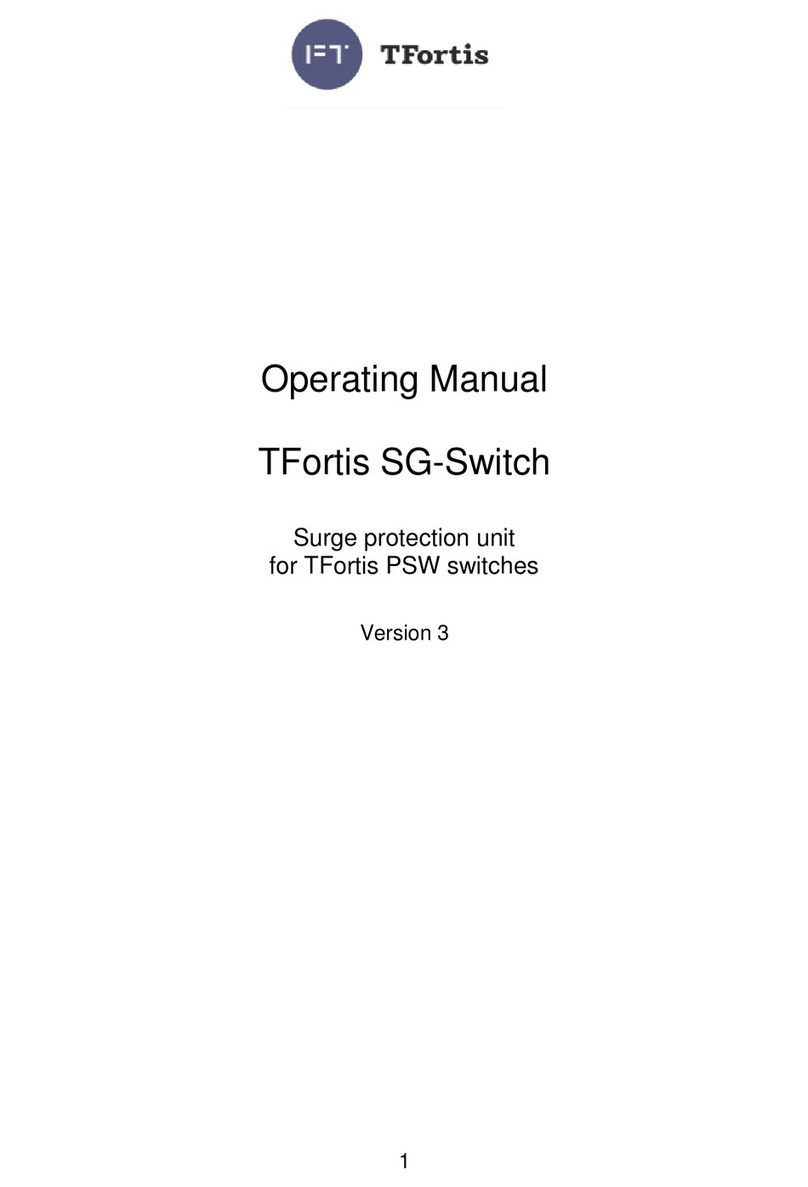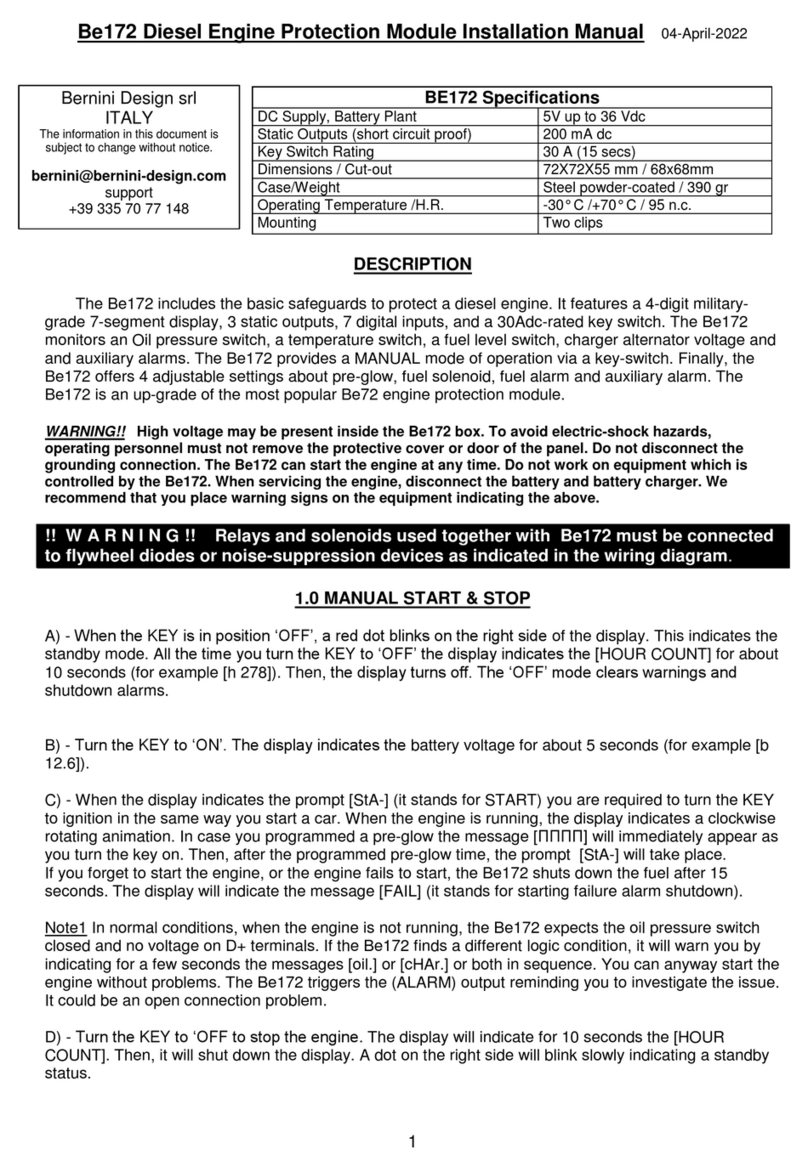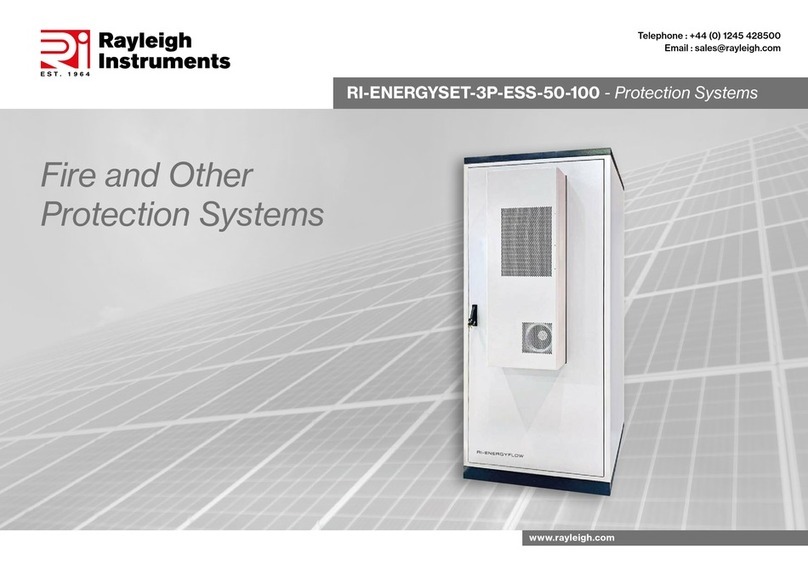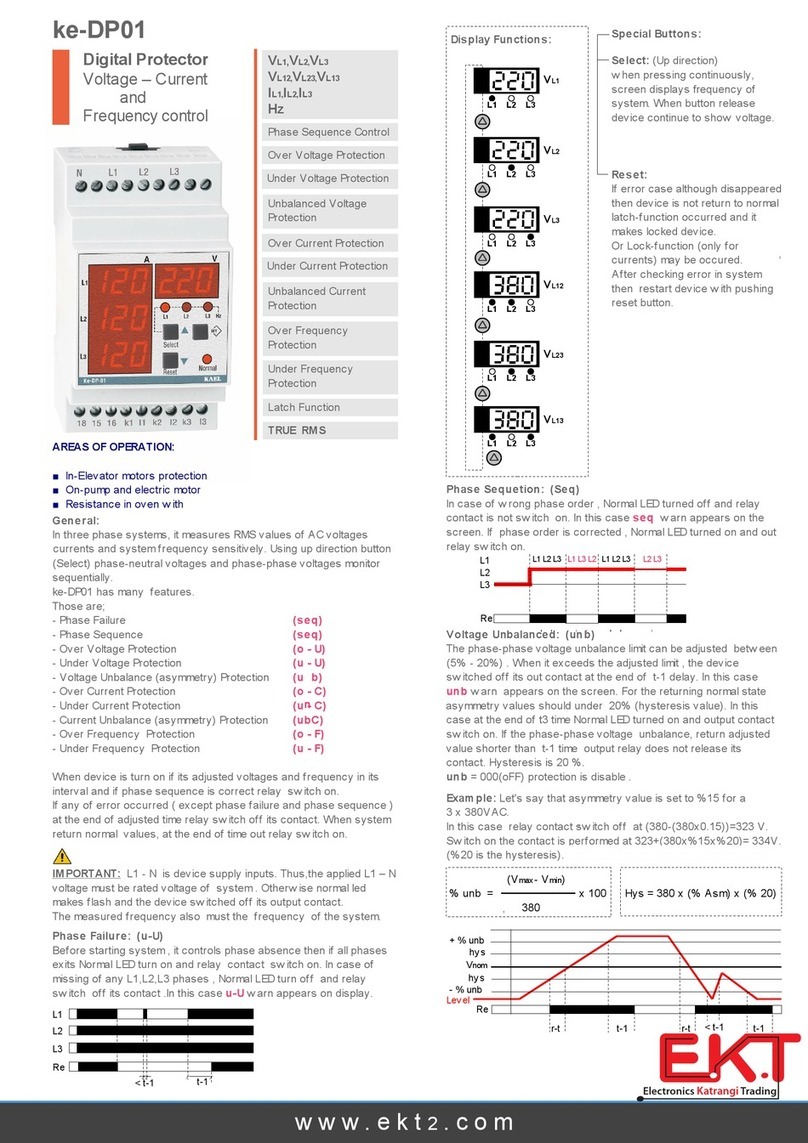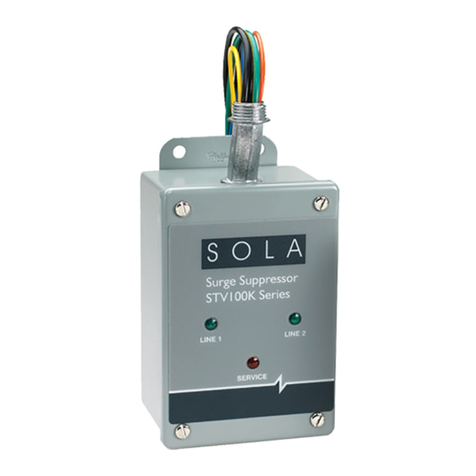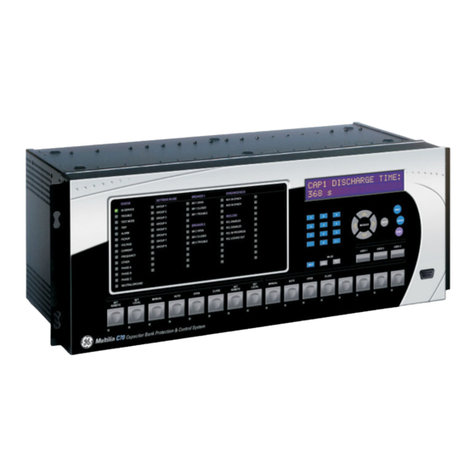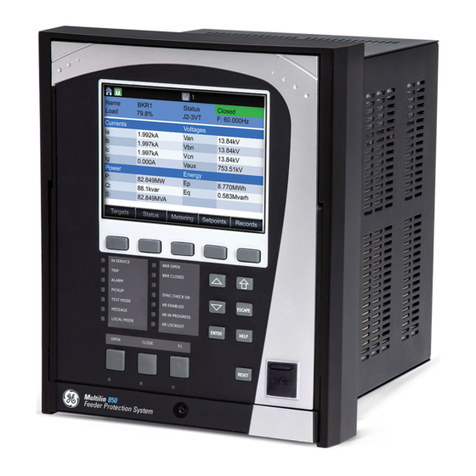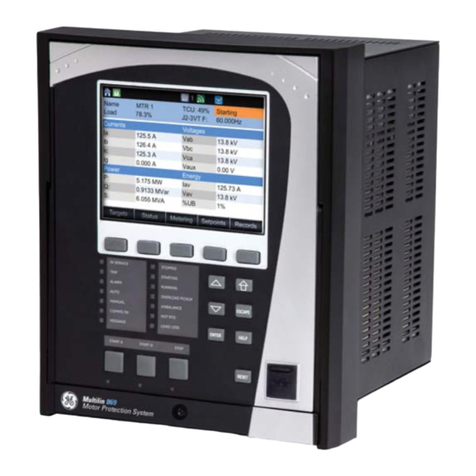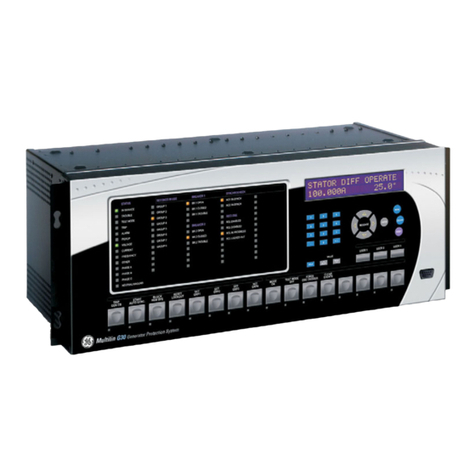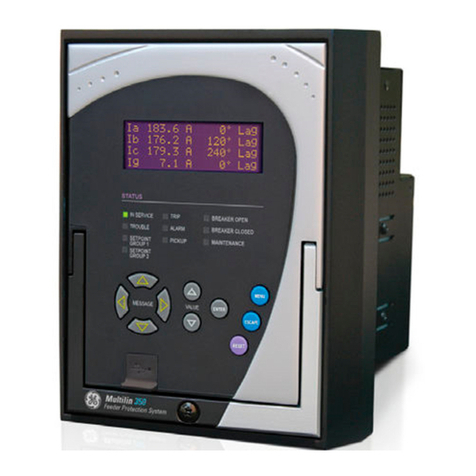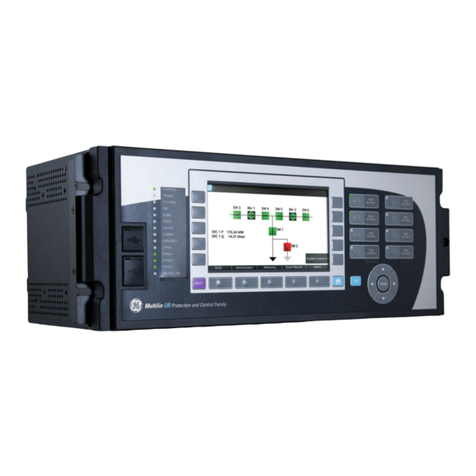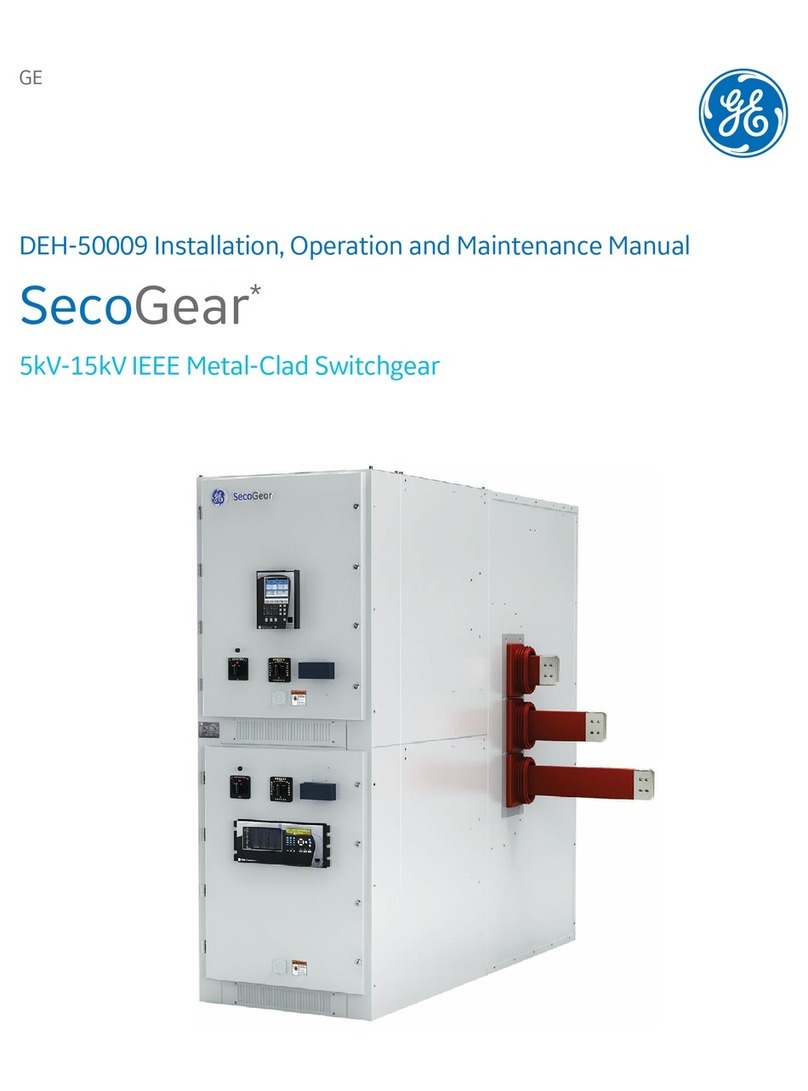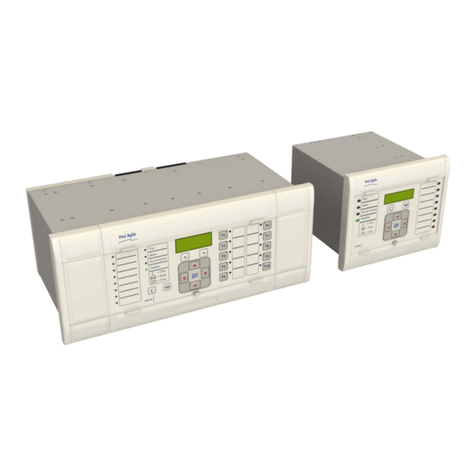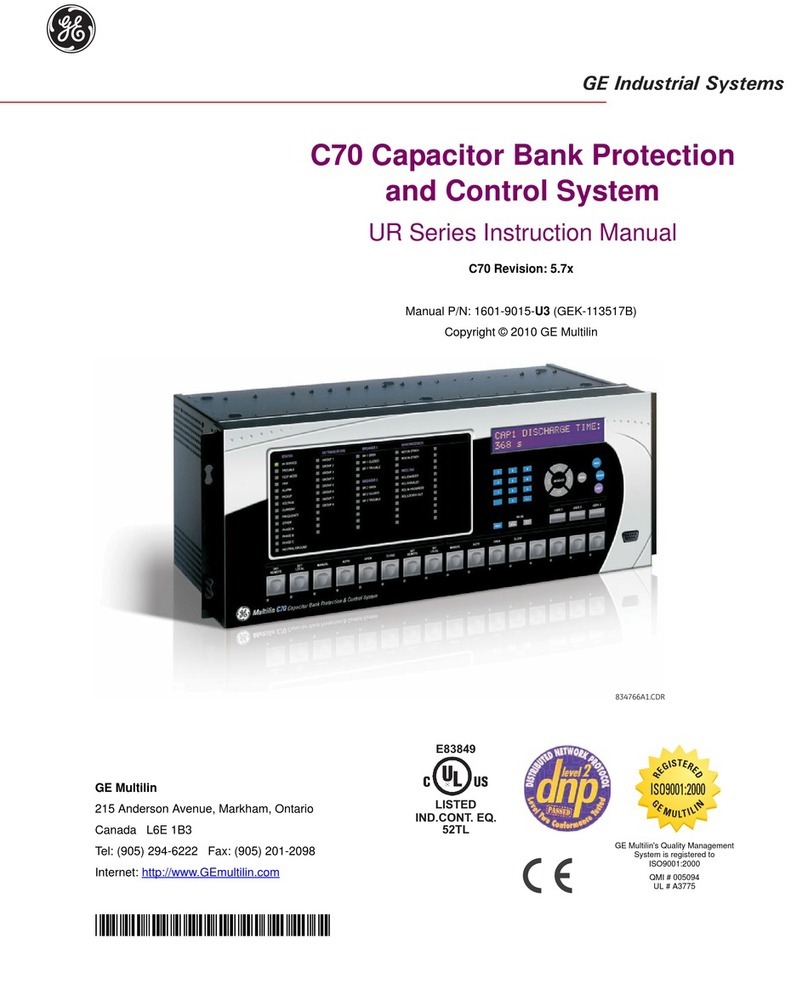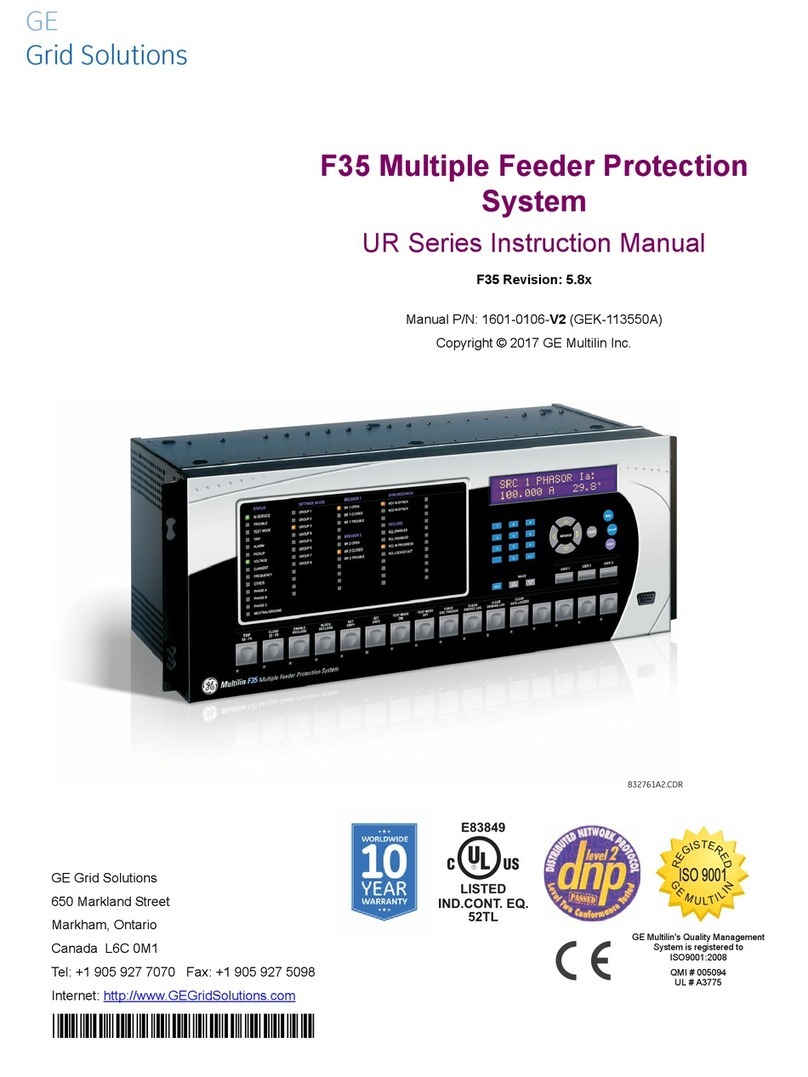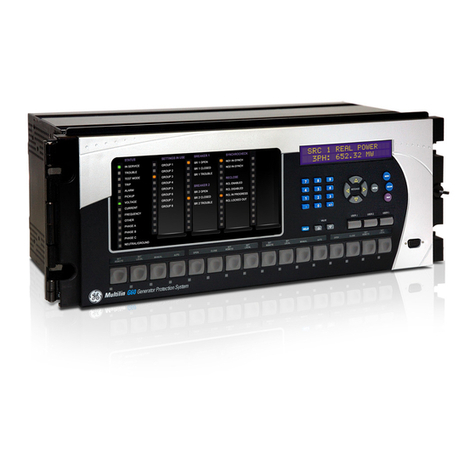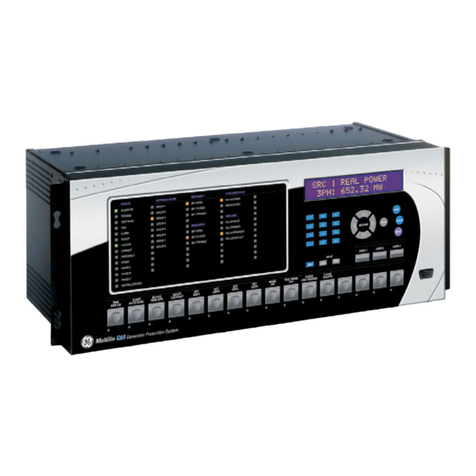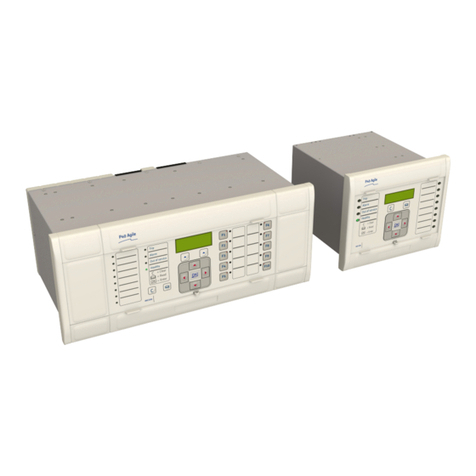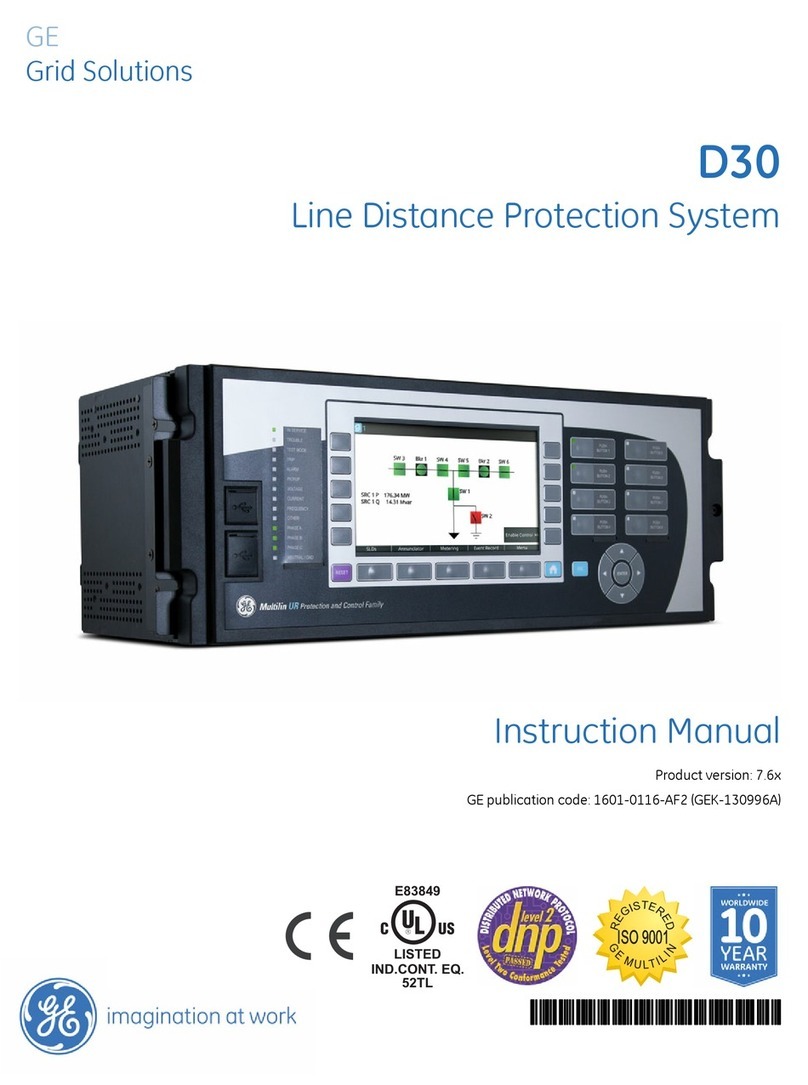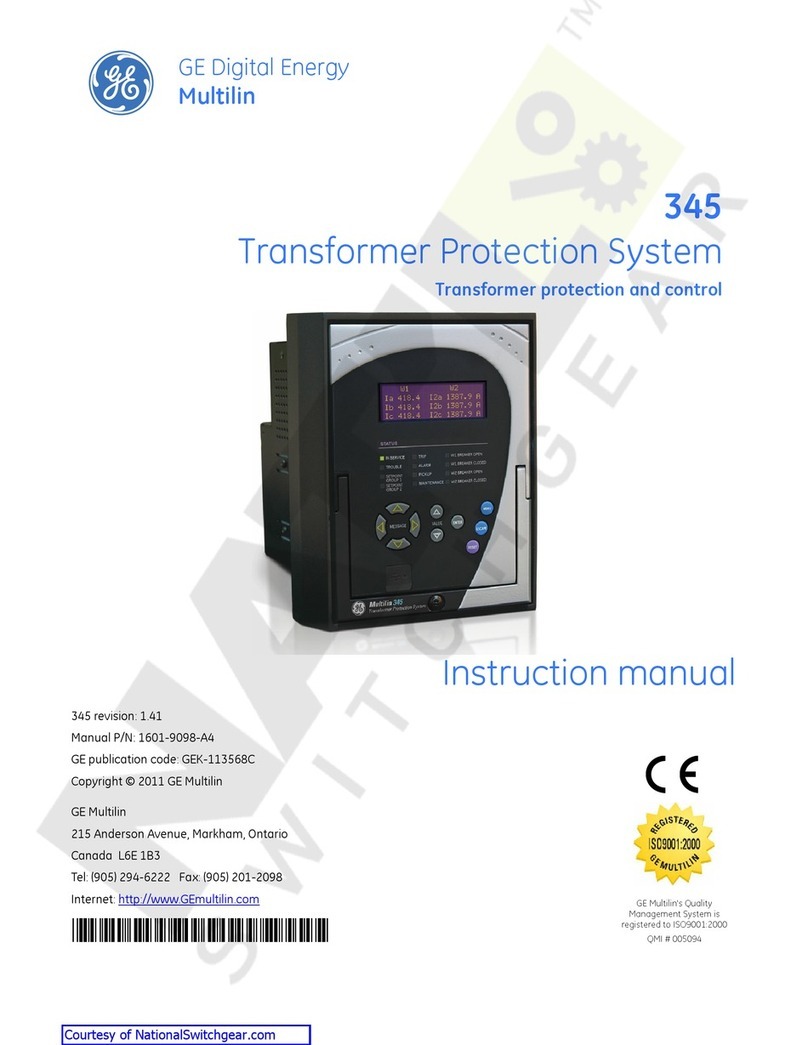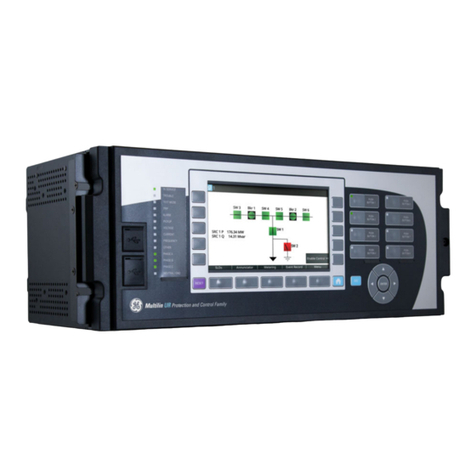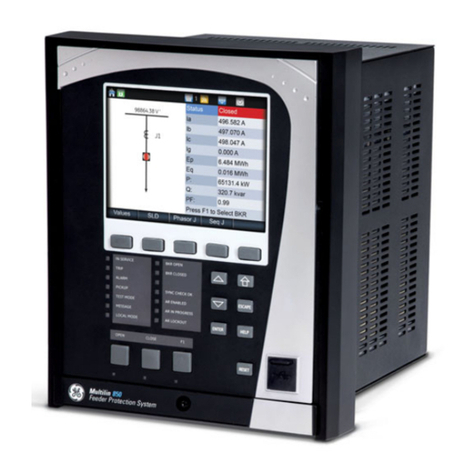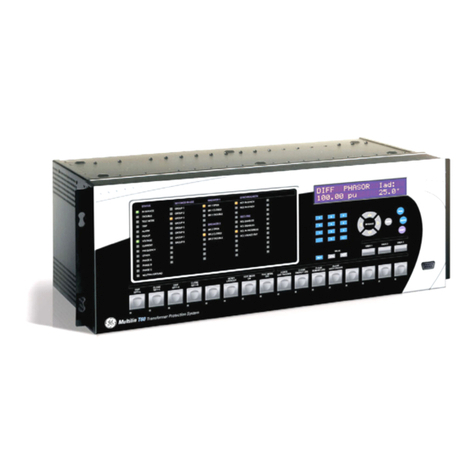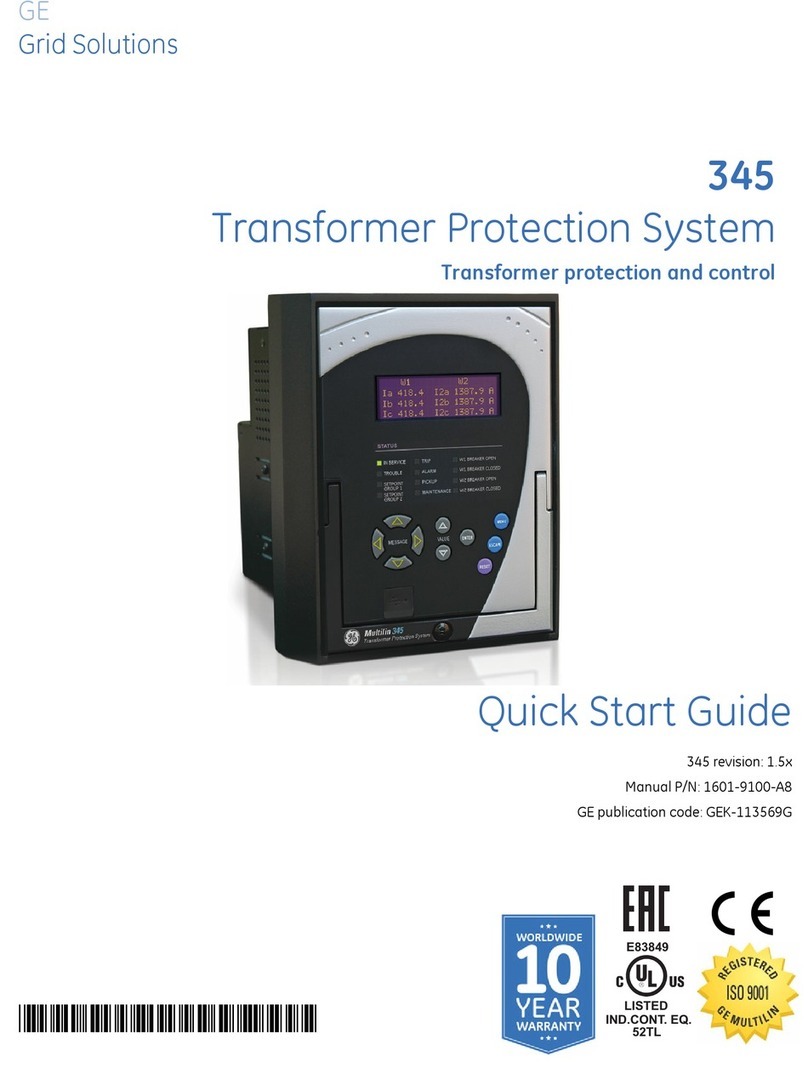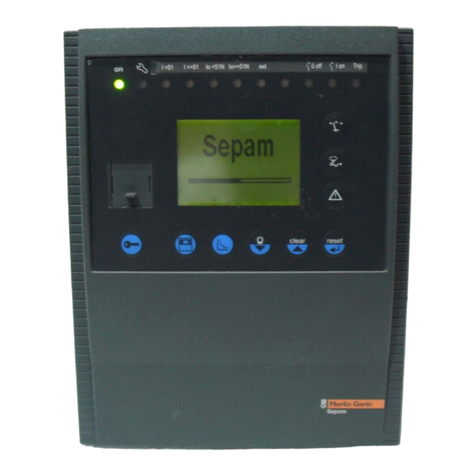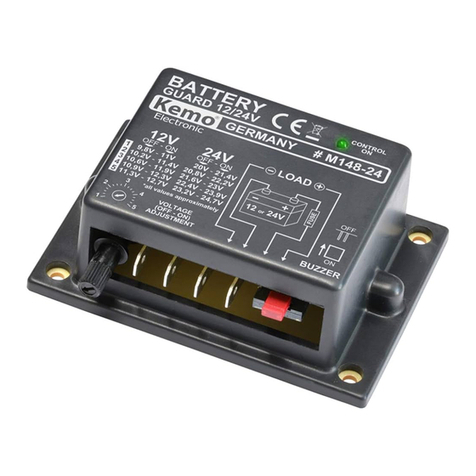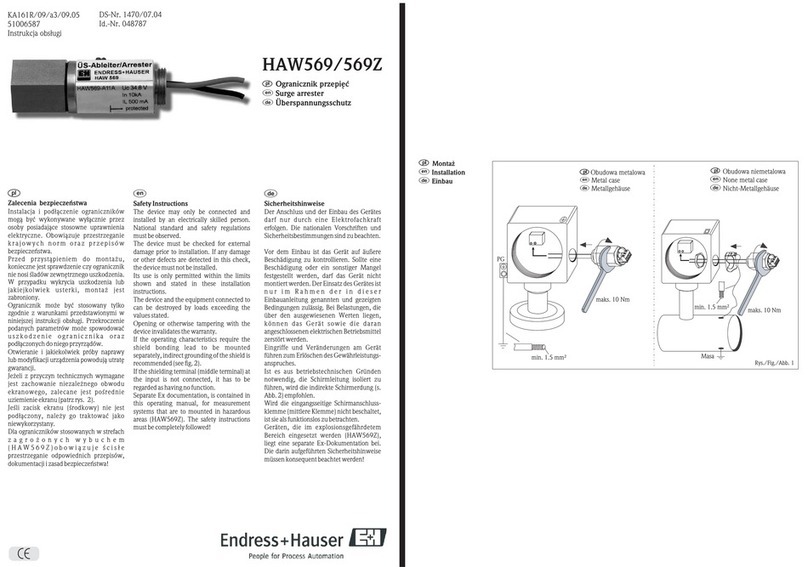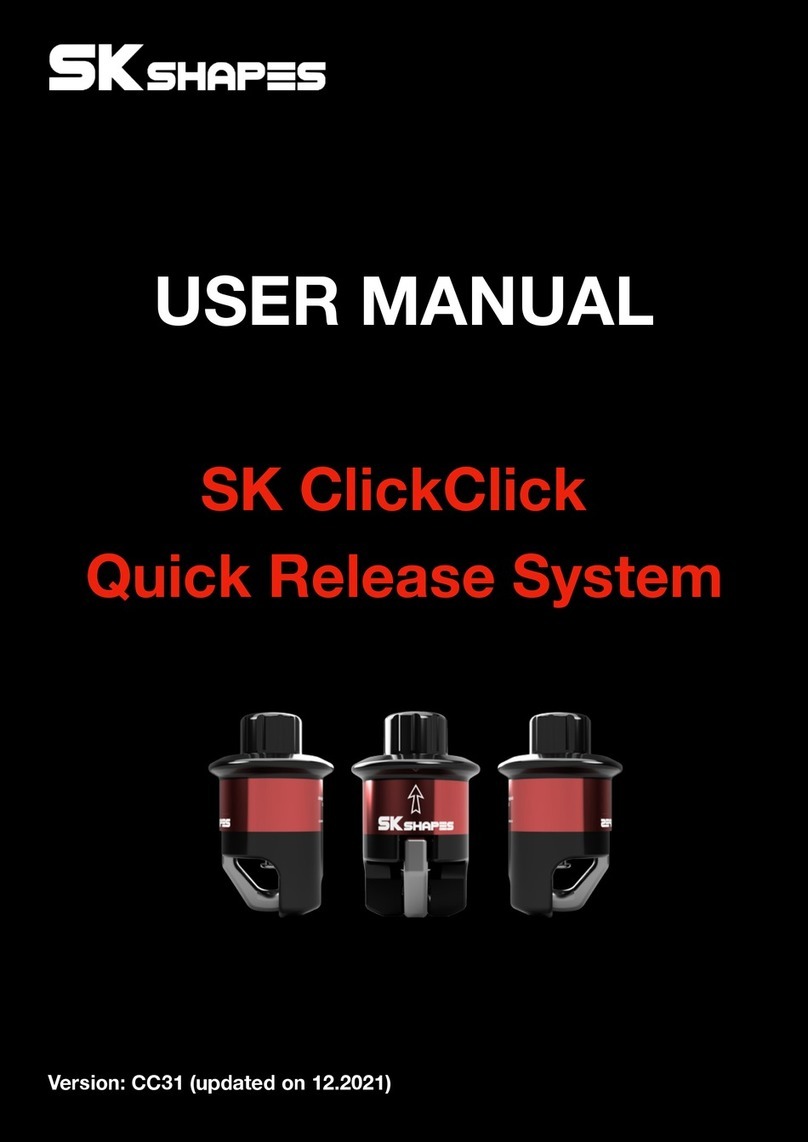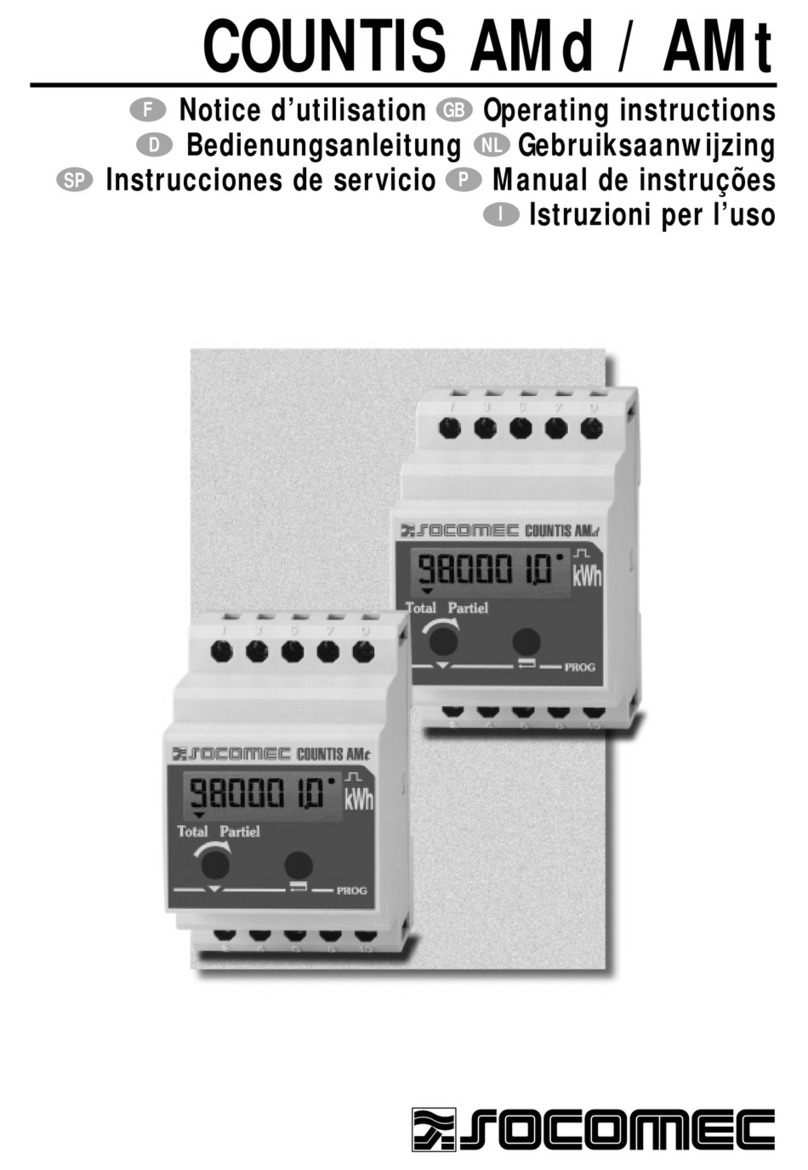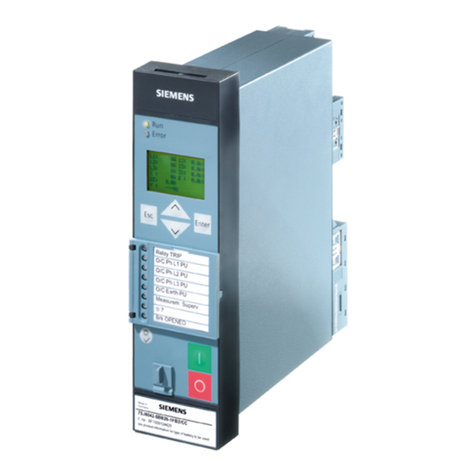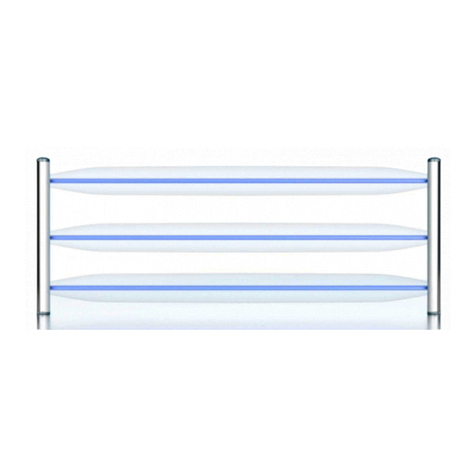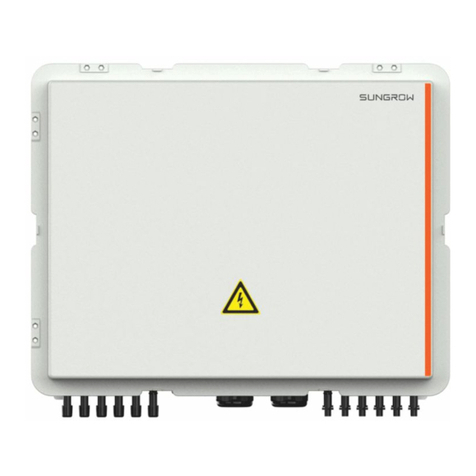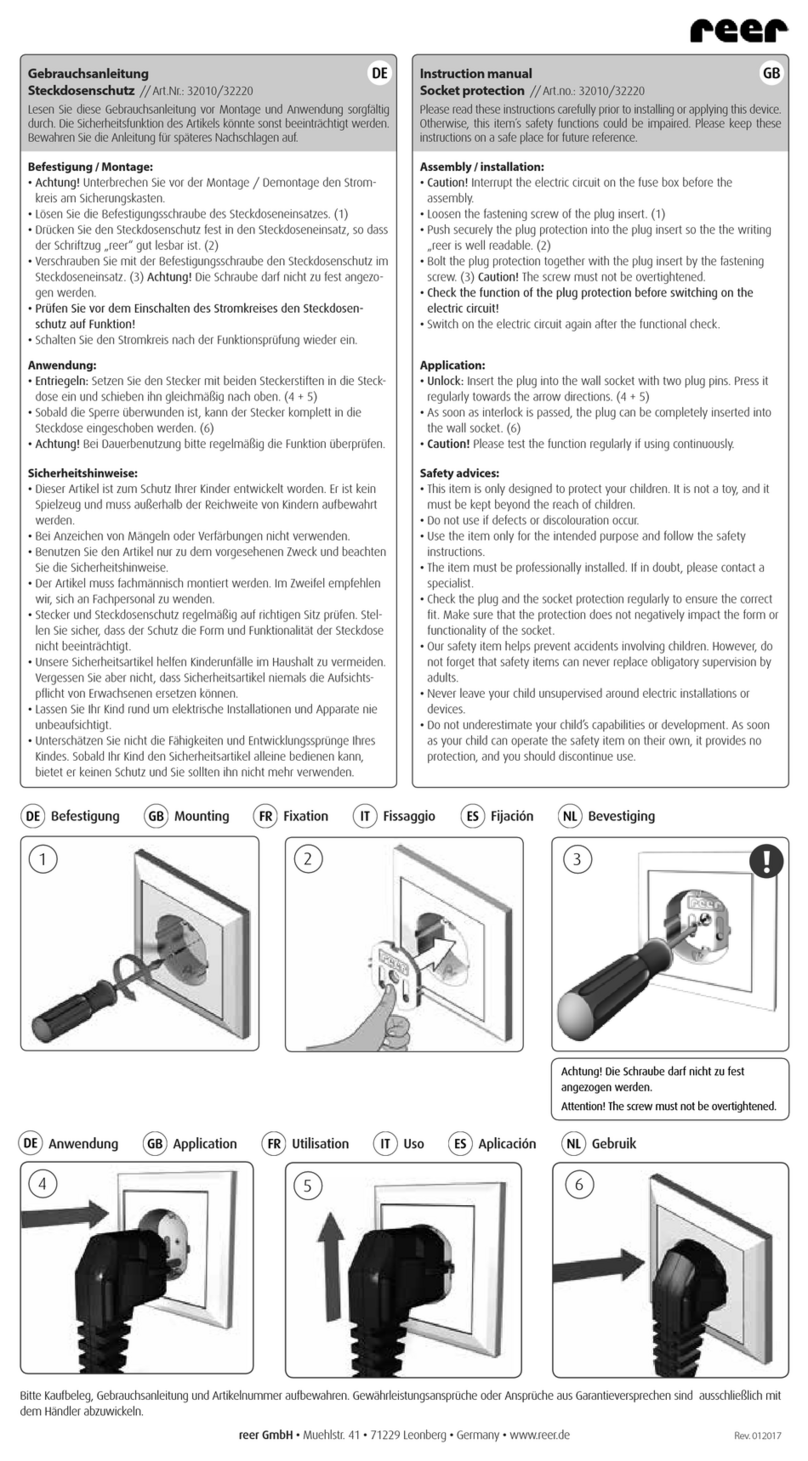
vi F35 MULTIPLE FEEDER PROTECTION SYSTEM – INSTRUCTION MANUAL
TABLE OF CONTENTS
5.8.1 Overview ............................................................................................................................... 5-180
5.8.2 Trip bus .................................................................................................................................. 5-180
5.8.3 Setting groups .................................................................................................................... 5-182
5.8.4 Selector switch................................................................................................................... 5-183
5.8.5 Underfrequency................................................................................................................. 5-190
5.8.6 Autoreclose.......................................................................................................................... 5-191
5.8.7 Digital elements................................................................................................................. 5-197
5.8.8 Digital counters.................................................................................................................. 5-199
5.8.9 8-bit switches ..................................................................................................................... 5-201
5.8.10 Monitoring elements .......................................................................................................5-202
5.8.11 PID regulator....................................................................................................................... 5-216
5.9 Inputs/outputs ..............................................................................................5-218
5.9.1 Contact inputs.................................................................................................................... 5-218
5.9.2 Virtual inputs....................................................................................................................... 5-220
5.9.3 Contact outputs................................................................................................................. 5-221
5.9.4 Virtual outputs.................................................................................................................... 5-224
5.9.5 Resetting ............................................................................................................................... 5-224
5.9.6 Direct inputs and outputs ............................................................................................. 5-225
5.9.7 Teleprotection..................................................................................................................... 5-228
5.10 Transducer inputs/outputs.........................................................................5-230
5.10.1 DCmA inputs ....................................................................................................................... 5-230
5.10.2 RTD inputs ............................................................................................................................ 5-231
5.10.3 DCmA outputs .................................................................................................................... 5-232
5.11 Testing............................................................................................................5-235
5.11.1 Test mode function .......................................................................................................... 5-235
5.11.2 Test mode forcing............................................................................................................. 5-236
5.11.3 Force contact inputs ....................................................................................................... 5-237
5.11.4 Force contact outputs .................................................................................................... 5-237
6 ACTUAL VALUES 6.1 Actual Values menu .........................................................................................6-1
6.1.1 Contact inputs..........................................................................................................................6-3
6.1.2 Virtual inputs.............................................................................................................................6-3
6.1.3 RxGOOSE boolean inputs ....................................................................................................6-3
6.1.4 RxGOOSE DPS inputs.............................................................................................................6-4
6.1.5 Teleprotection inputs ............................................................................................................6-4
6.1.6 Contact outputs.......................................................................................................................6-4
6.1.7 Virtual outputs..........................................................................................................................6-5
6.1.8 Autoreclose................................................................................................................................6-5
6.1.9 RxGOOSE status.......................................................................................................................6-5
6.1.10 RxGOOSE statistics.................................................................................................................6-5
6.1.11 Digital counters........................................................................................................................6-6
6.1.12 Selector switches ....................................................................................................................6-6
6.1.13 FlexStates ...................................................................................................................................6-6
6.1.14 Ethernet.......................................................................................................................................6-7
6.1.15 Real time clock synchronizing ..........................................................................................6-7
6.1.16 Direct inputs ..............................................................................................................................6-8
6.1.17 Direct devices status.............................................................................................................6-8
6.1.18 EGD protocol status...............................................................................................................6-8
6.1.19 Teleprotection channel tests.............................................................................................6-9
6.1.20 Incipient fault detector.........................................................................................................6-9
6.1.21 Remaining connection status ........................................................................................6-10
6.1.22 Parallel Redundancy Protocol (PRP) ............................................................................6-10
6.2 Metering...........................................................................................................6-11
6.2.1 Metering conventions........................................................................................................6-11
6.2.2 Sources.....................................................................................................................................6-15
